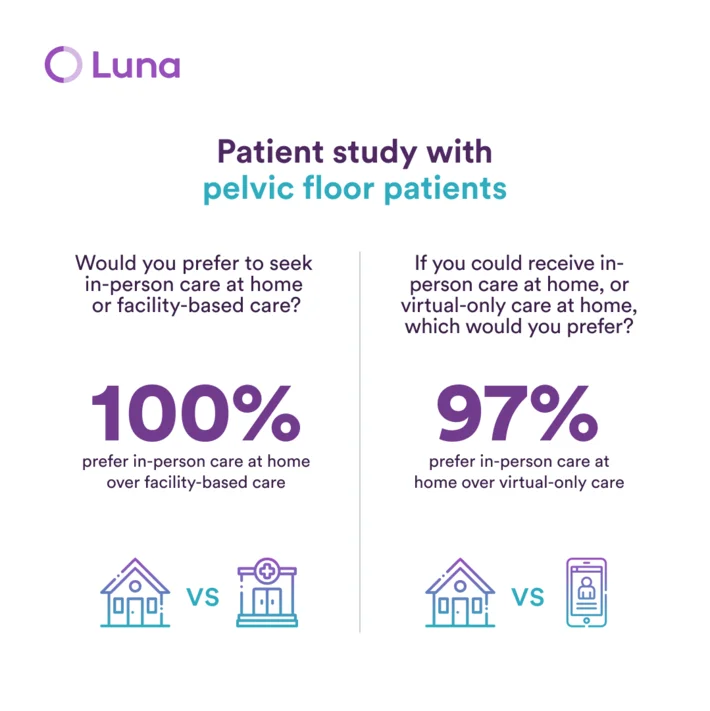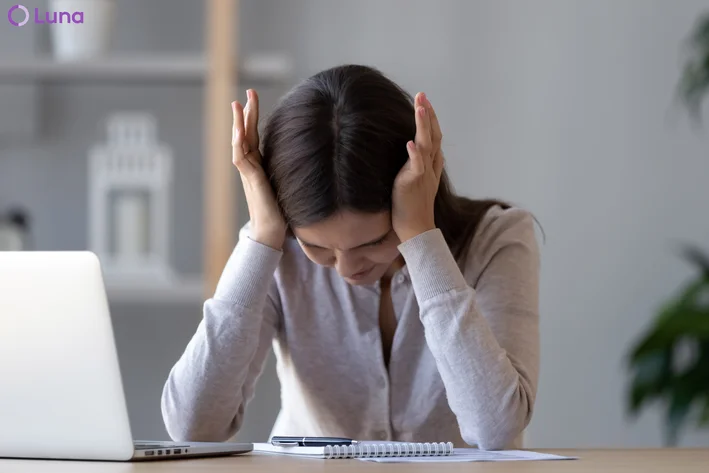![Separator]()
What is pelvic floor dysfunction?
A group of muscles at the base of the pelvic area, the pelvic floor supports and controls the pelvic organs, including the rectum, bladder, uterus, vagina, and prostate.
Those who suffer from pelvic floor dysfunction are unable to properly contract and relax this group of muscles, which can interfere with urination and bowel movements. Many patients frequently suffer from incomplete bowel movements, discomfort during sexual intercourse, and urine or stool retention.
While pelvic floor dysfunction is often associated with pregnant women, both men and women (whether pregnant or not) can develop the condition. Left untreated, pelvic floor dysfunction can lead to chronic discomfort, infection, and in rare cases long-term damage to the colon.
Source:
Cleveland Clinic



















